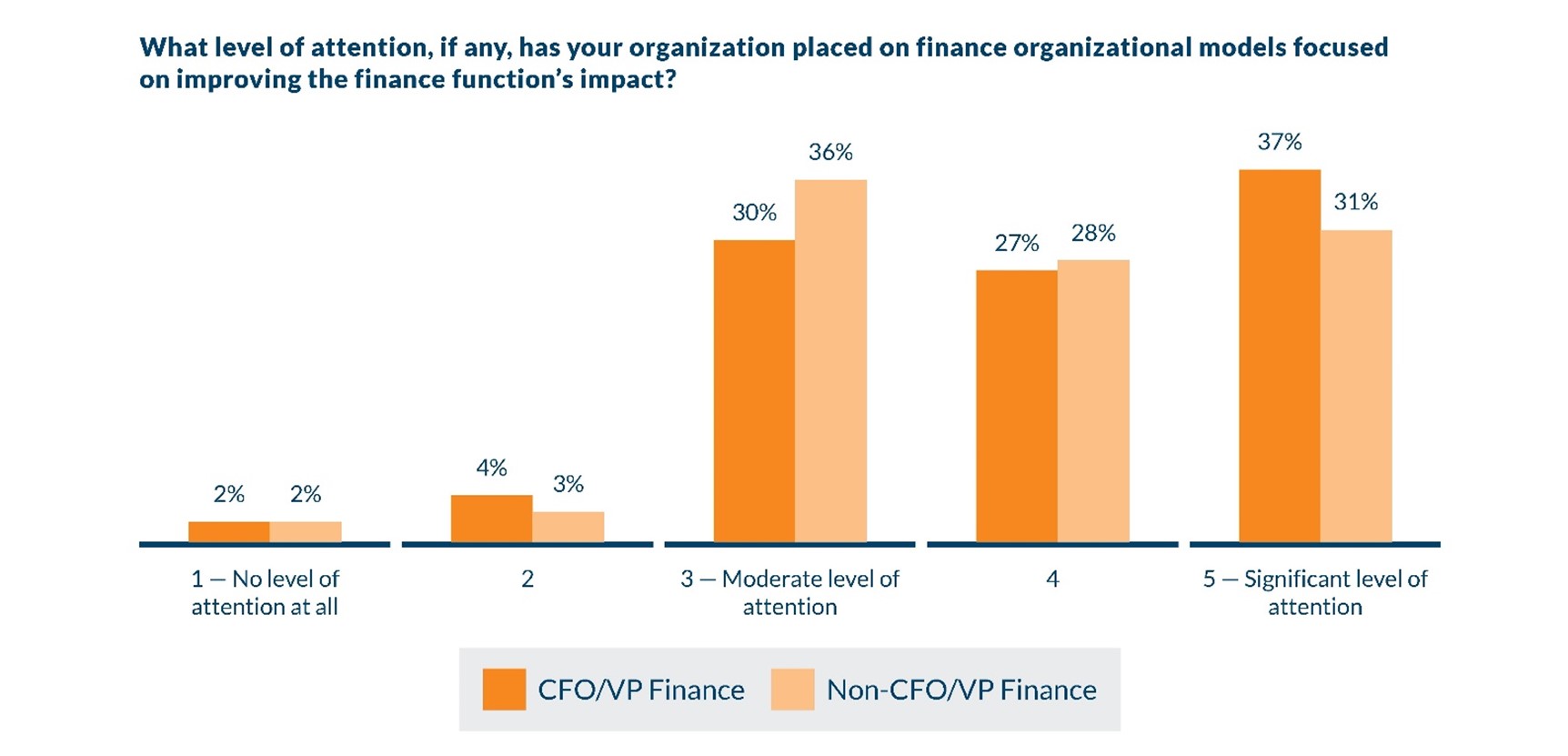The flexible labor model is on the rise for finance organizations, and there is no going back.
A year ago, findings from Protiviti’s global survey of CFOs and finance leaders showed that the use of a new finance labor model helped organizations respond to the COVID-19 pandemic’s disruptions with greater speed and agility. The results of this year’s survey confirm this long-term trend: Finance groups that manage a diverse talent pool of full-time employees, contract workers, expert external consultants, and managed services and outsourcing providers are able to respond faster and more capably to a broader range of external disturbances, including supply chain breakdowns, extreme weather events and continued pandemic-driven challenges.
The managed services model equips CFOs with the specialized expertise, flexibility, resilience and scalability needed to make good on their mandate to forecast and report on the business amid rampant volatility, quickly materializing opportunities and changing customer expectations. Our latest survey results indicate that finance organizations increasingly are leveraging a managed services model for activities including accounts receivable, tax, risk management and strategic finance. (See page 3.)
As larger, well-known companies adopt a managed services model in response to changing business environments and evolving interests of workers seeking greater flexibility, we expect it to become standard operating procedure in most finance organizations. Our recent work with CFOs suggests that the following forces are stimulating the adoption of the flexible labor model:
- Finance’s evolving role: The appetite for finance’s increasingly real-time data analyses continues to increase. Meeting these demands requires, among other things, access to more technology-oriented finance professionals through multiple sources — full-time staff, independent contractors, managed services providers and external experts, among others — and wherever they may be located. This is driving more finance leaders to rethink how and where they source the specialized skillsets they need to address growing, and likely long-term, expectations from internal leaders and colleagues for data-driven financial insights.
- A prolonged finance and accounting talent crunch: The abovementioned growth in finance’s role, combined with the sweeping pursuit of digital transformation in finance organizations, has produced a scarcity of technological and digital finance expertise. Finance and accounting unemployment levels traditionally track lower than overall unemployment rates, a gap that has only widened over the past several years, encompassing recent pandemic-driven as well as other challenges. By expanding the sources of talent available to finance groups, the flexible labor model helps reduce the negative impacts of an expected long-term tight market for finance and accounting expertise.
- Cloud, collaboration and workflow improvements: Leading finance teams continue to pursue transformation initiatives that enable them to deliver real-time insights and forward-looking analyses across a range of business activities. As part of this, they are increasing their use of cloud technologies, devising innovative ways to strengthen virtual collaborations, and intensifying their focus on human and system workflows. These technology and process advancements will deliver long-term benefits, given that cloud technologies, collaboration and workflow represent fundamental enablers of the flexible labor model that, among other benefits, enables remote working approaches and higher productivity levels regardless of staff location.
- The transformation of cities — and work environments: As cities respond to post-pandemic remote working models, widespread competition to attract experienced knowledge workers is further disrupting where those professionals are located. The changing location and preferences of highly skilled talent mean that CFOs and finance leaders need new mechanisms to access these professionals and in-demand skills and expertise to address their finance organization needs. Such mechanisms are core components of a flexible labor model that can bring in talent from a wide range of sources and locations.

Interested in learning more? Further insights and our full report, Security, Data, Analytics, Automation, Flexible Work Models and ESG Define Finance Priorities, are available at Protiviti.com/FinanceSurvey. For further information on the flexible labor model for finance, read Agile is strategic: It’s time for finance to scale up it’s labor model.





